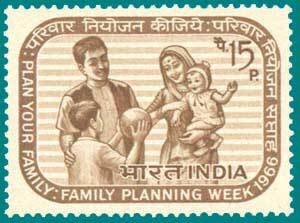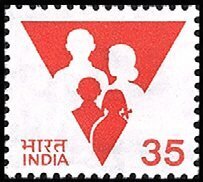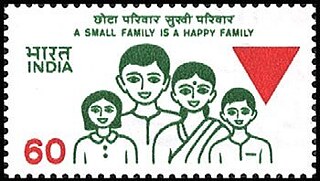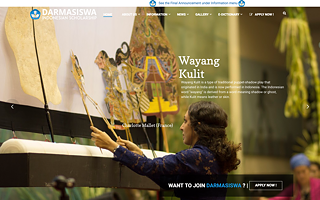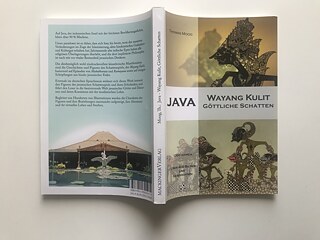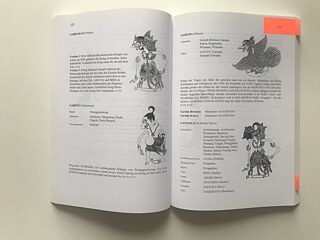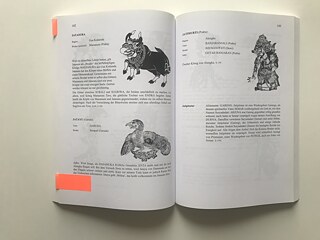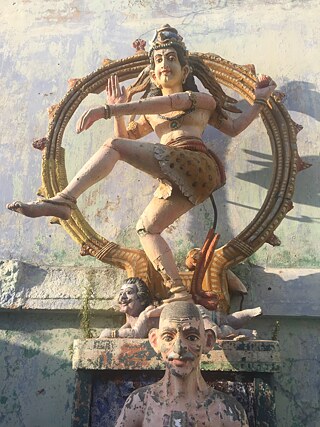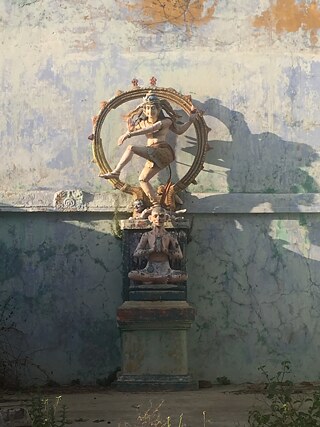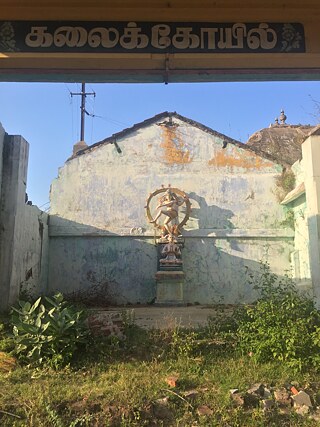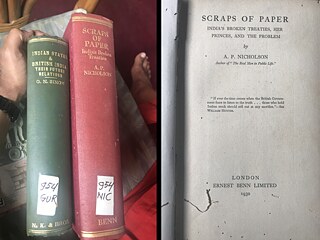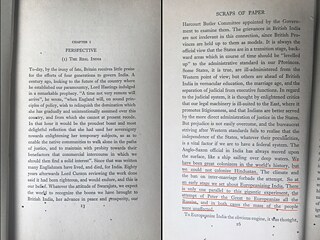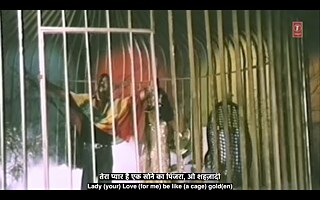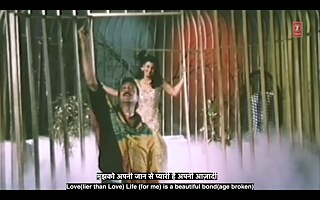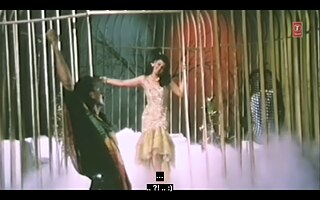Kiraṇ Kumār | Graphisches Essay
PICKING (ON) PREFIXES
This graphic-essay forms one chapter of a larger essay-performance 'Dear Dead Dancer(s)' which addresses figures pivotal to my personal practice of dance: Kelucharaṇ Mahapātra (1926-2004), Rukmiṇi Devi (1904-1986), Chandralekhā (1928-2006), Kapila Vatsyāyan (1928-2020), Astād Deboo (1947-2020) and Sānthā Bhāskar (1939-2022), among others. Auto-ethnographic notes, photographs, documentary film footage and live performance of song and dance, all collectively articulate some complex entanglements inherent to the practice, pedagogy and performance of those dances around the Indian Ocean rim which answer today to the call of ‘national classical’. 'Dear Dead Dancer(s)' is the first instalment in a long-term artistic research 'Epistolary Ancestries', that traces a personal filiation of practice through a corpus of open letters made out to and for already dead persons.
to
Rukmiṇi Devi (1904-1986)
At the outset, I will say that my initial intention was to write only to Kelubābu ('On Pedagogy & Partridges'), critically voicing concerns with my practice of dance which I saw as having inherited from him. Yet his Oḍissi which was born in the 1950s, was modelled heavily on your strategies for (re)constructing Bharatanāṭyam in the 1930s. In a newly formed Indian nation state, your Bharatanāṭyam stood as an exemplar of what the Indian government, through its Sangeet Natak Akademi and Ministry of Culture would come to declare as ‘Indian classical dance’. This has since been a label of rather high purchase that many other dances have desired and acquired. In the initial years of my training, this double declaration of dance as ‘Indian’ and as ‘classical’ seemed to me little more than a linguistic bureaucracy of delaying the dance. And this delay was the source of much of my discontent.
Two (and) too (make) many
How you dealt with your discontents, I do sometimes wonder, for I often take long walks with mine, silently airing them in the open. Something often happens through these walks; we live a little longer together, resisting the urge to hack haplessly at each other with emotional or analytical tools. On one such self-prescribed walk in the south of Delhi, I emerged from one of the city’s many lush public parks to a street view of this: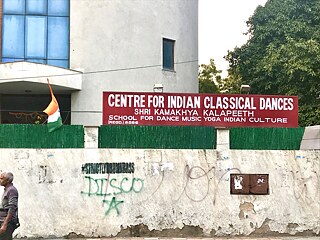
Here, keep this little sum for your needs
Even at a first glance, the word ‘Indian’ already has an unmistakably nationalistic ring to it. As it stands today the word points to the geo-political nation-state that is India. The civic identity of this Indian nation-state is marked by its declaration of independence in 1947, is inscribed in its constitution drafted in 1950, and is also constituted by the continual accounting and documenting of people within its geo-political borders. To contemplate the relevance of this civic register for the dancer, let us (re)turn to Kumar Sahani's filmic portrait of Kelucharaṇ Mahapatra's Odissi: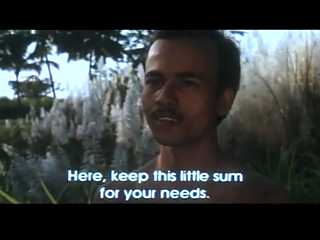
The strongest relevance of the civic register to dance is in the patronage that it affords the dancer, in as far as the body of this dancer is circumscribed by the body of the nation. This circumscription often amounts to a de-scription of the dancer as citizen or sanctioned migrant, but always accounted for, documented, and often even certified by the civic nation. To date my own dancing body has been circumscribed and described so by many civic nation bodies, from Singapore to Hong Kong, Germany, India and Indonesia. In 2000, I moved to Singapore on a high school scholarship. Three years into this move, a first year undergraduate course on ‘Singapore Studies’ taught me that my state sponsored migration to the nation was part of a long term social engineering project to bolster the nation-state's development in science and technology. And three years after my graduation when I migrated from engineering to dance, my dancing body had strayed from its conscription as one among the nation's techno-pedagogical investments. In 2012, in what seemed at the time a benevolent civic migration, a scholarship from the National Arts Council of Singapore supported my graduate study in dance at the University of Arts Berlin. What had bolstered this enthusiastic exchange of my dancing body between the two civic nations was a then fresh declaration: "Deutschland ist das Land der Ideen. Mit Ideen für das Land gestalten wir unsere Zukunft - weltoffen, tolerant und mit Begeisterung." Germany is the land of ideas. With ideas for the land/country, we design our future - worldly/open-minded, tolerant and with enthusiasm.
In 2018, three years into making annual field trips to Java from Germany, I made an application to the Indonesian Ministry of Culture for a year-long scholarship to live and learn Wayang Kulit (shadow puppetry) in Java. A friend who was already on this scholarship for studying dance advised me on my application; "at the end of the day," she said with a knowing sideward glance, “tell them what they would like to hear”. And so I did, and I was offered the scholarship. During my visits to Indonesia to learn 'Javanese classical' dance, I was often confronted with what seemed to me a disturbing trend of keeping caged birds as a sort of symbol of beauty or prosperity or some such aspiration. "Why don't you free the bird?" I asked pointedly to one man. He was slightly taken aback by the confrontation. And then he half-apologetically responded: "Even if I opened the door, he doesn't want to fly." On another day, while in the same place, I saw the bird doing this:
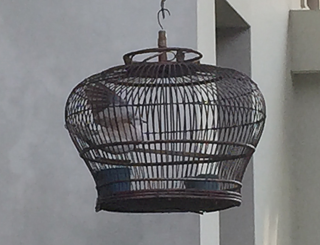
I was astonished. He was sitting silent and perfectly still, his wings thrown wide open. His sculptural commitment to the posture surprised me. Did he not know what to do next? Had the confinement of the cage rendered his wings vestiges? Does he have no memory of his capacity to fly?
This is, indeed, a question to reflect on deeply - our own self-implication in (native or non-native) national cultures.
Patronage, as the distilled relation of the dancing body with/in the civic body of a nation, is never just a unilateral transaction from benefactor to beneficiary. It is rather a bilateral collaboration between civic nation and citizen (or sanctioned migrant) towards the sustenance of that crucial second register: the cultural.
Come on, Pina, admit it
In his critique of European modernity, Gregory Jusdanis argues in his 2001 study ‘The Necessary Nation’ that national culture as an idea has been a necessarily belated invention, and that “nationalists exploit the resources of culture.. its institutions.. and its ideology.. in order to promote the creation and maintenance of a nation.” But he doesn’t stop here; carrying his argument to a conclusion that is in “contrast to a dominant trend in political theory, and one ignored by cultural studies”, he proposes that “nationalism is ultimately a cultural phenomenon.” In doing so he puts into question “the possibility of a purely civic (noncultural) conception of nationalism, that a nation-state can be based on an idea, that it can flourish in a purely political sense, that it is held together by its constitutional documents and democratic institutions.”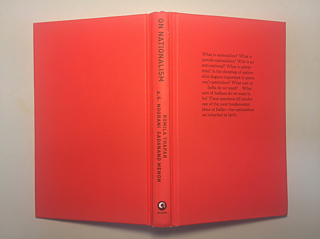
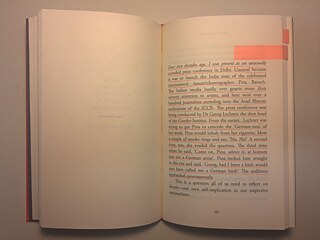
Eloquent as they are, I remain wary of uncritically acquiescing to Pina and Jean Luc's rejection of the cultural register in association with (their) art, for that, for me, would be resorting to easy Euro-centric universalisms as ready-made antidotes to narrow nationalisms. I must stand instead in artistic solidarity with them, yet avoid hastily reenacting their gestures, for in India, our choreographies of gestures differ.
In 2017, while visiting temples in the Kaveri delta, in the small village of Thirupugalur I saw a defunct site and signage. Unable to read my mother tongue then, I photographed it and sent the image to a friend:
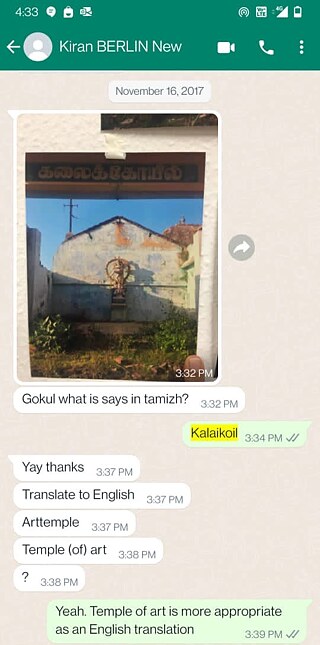
I preferred 'arttemple' for its curious conjunction at the t-s. I was drawn into the image also for its curious conjunction: the only standing leg of a dancing Śiva and the smooth curved head of Mohandas Karamchand Gandhi. Yet the conjunction of the most internationally celebrated icon of Indian classical arts and the most internationally celebrated architect of the Indian nation-state, is housed in an abandoned arttemple where there is no dance. The shadows cast by the setting sun across the arttemple’s dilapidated western wall only intensified the theatricality of absences. These shadows paradoxically reveal another register beyond the national and the cultural: the (arguably) religious. Obfuscated in the conjunctive crevice of the national cultural prefix 'Indian classical', is an anxiously absent presence: ‘ancient Hindu'. But does the latter promise better prefixity for our dances than the former today? Before picking/on any new/old prefixes, we must first deconstruct the choreography of this obfuscation, starting with secularism.
To understand secularism as a choreography is to understand it as active/operative score rather than as speculative concept. For this, I turn to Abhinav Chandrachud's 'Republic of Religion' (2020) in which he patiently peels out layers of utility and futility of secularism from the vantage point of a practicing advocate. What he terms “colonial secularism” was instituted by the British with a view to dismantle the deep association of what they perceived as indigenous Indian ‘religions’ with the public life of Indian peoples; this at a time time when Britain’s own monarchy and church remained unquestionably entangled. In (an)other('s) words, the aim of colonial secularism was to “pave the way for the introduction of Christianity into India” (‘Secularism, Islam and Education in India, 1830-1910’, Robert Ivermee, 2015). But this was a failed project, as A P Nicholson already admits by 1930. Tucked away in an Indonesian archive, I chanced upon his surreptitiously titled book ‘Scraps of Paper’. Nicholson's perspective is provocative because it foregrounds the complex entanglements between India and Europe that are fundamental to the task of decolonising that which could not (even) be colonised. Testament to the (soft) success of this Europeanisation of India is what Abhinav calls "soft secularism", a tactic for constitutional expression by a civic nation that, perhaps from being so scarred by partition, willingly obfuscates mention of religion at numerous junctures resulting in many a legal euphemisms and their associated (mis)interpretive ambiguities. A deeper deconstruction of the principles of secularism would necessarily have to involve a study of Europe, and that is what Jakob de Roover offers in his 2015 book ‘Europe, India and the Limits of Secularism’. Jakob's study traces the illiberal origins of secularism in Europe, and questions its relevance today as a liberal, humanitarian value seemingly worthy of global aspiration.
A critique of secularism unequivocally destabilises the sacred assumptions of a national cultural construct. And yes, such a deconstruction of the prefix 'Indian classical' only risks exposing its somewhat unsecular doppelgänger: 'ancient Hindu'. Indeed we may even argue that through euphemistic-obfuscation the problematic prefix has been offering an unwarranted immunity to the doppelgänger. But let it be clear that such an exposure of the the ‘ancient Hindu’ does not condone its reification. Contrarily, the risk of such exposure only renders it more vulnerable to further deconstruction. And for this vital and urgent labour of corrective historiography, I have much gratitude for the likes of Daud Ali, Indrani Chatterjee and Manu Devadevan.
In fact the very first paragraphs of Manu's 2020 study 'The 'Early Midieval' Origins of India' make it amply apparent that the 'ancient' is itself an uncritical avowal of a colonial historiographic project of retelling the subcontinent's story in three chronological periods: the ancient, the medieval and the modern. As a legacy of colonial secularism, this questionable analytical frame is designed to quite simply reify the modern period as "a British period informed by principles of civilisation, nationalism, rationality, and legislated law. The preceding epochs were religious, ritualistic and dogmatic, and therefore qualified only to be called 'Hindu' and 'Muslim'."
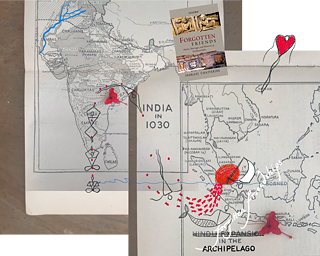
ಬಿಟ್ಹಾಕು ಶಿವ (Come on, Śiva, snap out of it)
In India, and Asia today many dances (all too easily) acquiesce to the twofold prefixity that is ‘national classical’. Since 2015, I have been travelling around India, and Asia, and in both guided and auto-didactic environments I have been actively expanding my learning of many such dances, from Oḍissi, to Kathak, Chhau, Kuchipuḍi, Bharatanāṭyam, Mohiniāṭṭam, Kathakali, Balinese and Javanese court dances. Over the next years I am enthusiastic to expand this learning into Kandyan, Khon and Khmer dances of Sri Lanka, Thailand and Cambodia, as well as to those from regions of Assam, Manipur and Myanmar. In folding into these shapes and tapping into these rhythms, my body has felt an eerie consonance and a resonance so resplendent. Yet to my deeper discontent, since their respective conceptions, the civic nations of the region have all been performing various variations of another multi-armed dance: on the one hand rightfully rejecting colonial narratives of cultural supremacy, and on the other hand unwittingly casting their own rebuttal within such derivative frames as 'classical' culture; on the one hand (more or less) effectively resisting mass proselytisation, not succumbing to the condition of so many pre-Christian cultures, and on the other hand, at once both over-assimilating their diversity of mytho-poetic-practices under yet another derivative frame of 'Hindu religion', while also muffling their miscellaneous majorities under such euphemisms as secularism.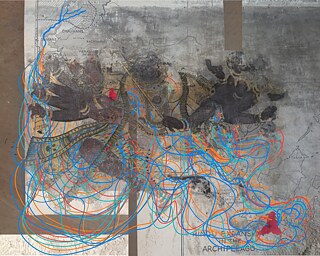
The mytho-poetic-practices of dis/embodiment of a country can be quite a chaotic process, for this country is not an always-already-available idea (as national culture would have it) but a necessarily re-markable contour, performed periodically in perambulatory pilgrimage of patriotic proportions.
Indeed in India, and Asia our choreographies of gestures must differ: challenging the purity of the civic nation, recognising the national as always-already cultural, understanding the national cultural as the repression of the religious, collapsing the very frame of the religious and then, and only then, culling the cultural. And yet, even after the collapse of the civic, religious and cultural, our dance stands (on that one foot, barely) clothed in a fourth-skin, and this skin is that of art. But in dancing these dances across subcontinental and archipelagic sands and ponds, I am often irked by a question: is (any of) this art?
I do not ask this question with disdain towards art as such. But when it comes to these somehow surviving deritualised reconstructions, I have come to see art as a sort of benevolent refuge within which they were necessarily sheltered during tectonic times of religious and cultural confrontations that threatened their very survival. Yet today within structures of the art academy, theatre and museum, I often wonder if these dances have well overstayed their opportune, artistic invitation. Indeed I see the two in a state of mutual deadlock; neither have the dances honed their pluriform mytho-poetic-practices of dis/embodiment while sheltered within the frame of (national classical) art, nor has the modern frame of art sufficiently decolonised its Euro-centricism for having (open-mindedly, tolerantly and enthusiastically) offered refuge to a premodern immigrant for so many decades now.
Rukmiṇima, I am at an impasse. Not dejected, but quite un-rested. How you rejuvenate yourself, I do wonder, for I sometimes turn to entertainment. Something often happens over a few frozen frames; banal (or brilliant) perspectival shifts as gazes glance sidewards from protagonist to paraphernalia; a dance(r) breaking free from the shackles of a song(stress), a seductive freedom, he wore black, a Miss India, she wore white, their combined (in)capacity for song-dance, to miss India, tricolour cape, hackneyed Hero, silent slanted smiles, (re)turns, second thoughts(?)
about the work
Picking (on) Prefixes Graphic-Essay Drawing from over a decade long personal practice of Oḍissi, this graphic essay is an attempt to unpack the two prefixes of “Indian” and “classical” that have come to describe many traditions of dancing from the sub-continent. Since 2015, in both guided and auto-didactic environments, I have been actively expanding my learning of many such dances, including Kuchipudi, Bharatanatyam, Mohiniattam, Kathakali, Balinese and Javanese court dances. Additionally this period also involved ethnographic fieldwork in temples, courts and archives across Orissa, Tamil Nadu and Java. These sites house various fragments: dilapidated documents, discontinued rituals, disused monuments and lingering songs that together speak to me of the complex historical and contemporary processes involved in prefixing dance. Through textual and pictorial elements derived from embodied, ethnographic and theoretical research, this graphic essay will dwell upon the civic, cultural, religious and artistic dimensions evoked by the twin prefixes. Eschewing binary responses of reification or rejection, the essay attempts a nuanced straddling of a spectrum where their effects range across providing immunity to the dance which they prefix, to delimiting the very freedom of its movement. This graphic essay is a meditation on the continued relevance of the prefixes “Indian” and “classical” for the body of a dancer dwelling within the body of a nation, and on the contemporary affordances of freedom within prefixity. The initial ideas for this essay were triggered during my invitation, together with choreographer Sara Mikolai, to the 2017 lecture series ‘Decolonising the Art Academy: Aesthetic Practices of Learning and Unlearning’ by the DfG research group ‘Das Wissen der Künste’ at UdK Berlin. At another invited lecture in 2021 at the Goethe Institut Colombo’s Choreography Camp, organised by Sara Mikolai, the ideas crystallised as a shared concern across dance contexts in South and South-East Asia. The present call by the Goethe Institut, at the juncture of India’s 75 years of political independence, would therefore be an apt context in which to see these ideas come to fruition as a graphic-essay.
